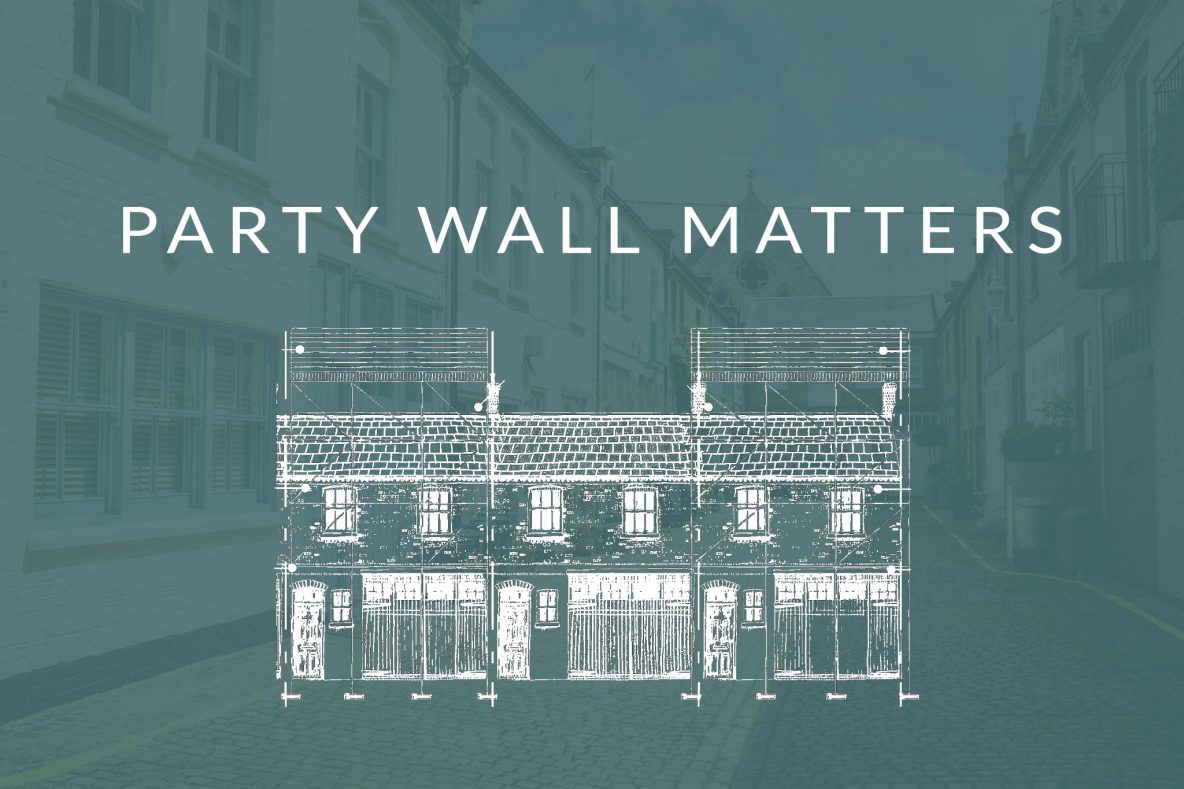The Posts
This is the tenth and last in a series of 10 posts about Party Wall matters specific to London Mews. It is written with the Mews owner in mind and considers what associated issues are likely to arise when dealing with Party Wall matters affecting yours or your neighbours Mews property. The other posts deal with Party Wall legislation and procedures in more detail; typical Party Wall case studies and each post is written with the Mews owner in mind, either as someone carrying out development works (referred to in the posts as a ‘developer’) or as someone who finds the development works occurring next door (referred to in the posts as a ‘neighbour’) possible other issues for Mews Owners and their neighbours.
Sundry Party Wall Issues
PW matters should be largely straightforward, procedural and not too contentious but they do throw up a number of contentious issues. Having considered the most contentious we now deal with their problematic issues:
Access and Scaffolding – The use of scaffolding is not necessarily a Party Wall matter, although it can be. If the scaffold is contained entirely on the developers land and in no way stands or over sails your land then they are entirely responsible for it and have no requirement to consult with you or obtain your approval for its provision and usage.
However should the scaffold provider require access onto your land for its erection or subsequent use it will need your agreement, either as a Party wall or common law matter. A Party Wall Award will authorise the use of the scaffold for a fixed period and will probably require protection to other parts of your property such as flat roofs, roof lights etc. A Scaffold Licence will deal with Common Law Scaffold use and will probably include a penalty clause to ensure the Scaffold does not overstay its welcome on your land.

Fig 51D/3 – Diagram showing difference between property erected scaffold and oversailing scaffold.
Party Wall legislation allows scaffold to be placed on the neighbours land, subject to certain safeguards and for reasonable time periods, if it is to allow specific Party Wall works to be carried out eg.it could be used to allow a Party Wall to be raised but it cannot be invoked when foundations alone are to be dug for something other than a Party Structure to be raised off them.
Scaffold Licences are generally used where the Party Wall legislation does not apply, although this requires the consent of the neighbour (possibly the Local Authority or ground landlord) to be operative and can be burden by conditions tied to financial obligations. As a last resort access for maintenance purposes that falls outside the Act can be made subject to a court order, which due to the machinations of the courts can take many months to facilitate.
Enclosure Costs s11 (11) – As previously advised section 11(11) of the Party Wall Act allows costs of previously executed works to be reimbursed (referred to as defrayment in the Act) by the new neighbour. In other words when a neighbour has previously carried out similar works to those you are now intending, they will be entitled to compensation for the use you intend to make of the their Party Wall works. Generally this relates to extensions enclosing on the party wall be they above ground or below.
For example if your neighbour extended at roof level raising the Party Walls to form an enclosure for their new Mansard Roof, they will have contemporaneously have paid for the brickwork. If you now do the same works then their original costs will be shared at the present day values. This is best shown by an example.

Fig 51D/3 – Diagram showing difference between property erected scaffold and oversailing scaffold.
Using the measurements in FIG 1 (applying average rates at time of writing), if your neighbour carried out a roof extension then the brickwork wall to be enclosed on may be valued at £300/sqm, and if the neighbour also carried out underpinning to form a basement, the concrete for a basement may be valued at £1,000/sqm.
In which event the following calculation could apply:
- Roof area of enclosure – 18sqm @ £300/sqm = £5,400/2 = £2,600.
- Basement area – 36sqm @ £1,000/sqm = £36,000/2 = £18,000.
A + B. Total defrayal cost = £20,600
Limitations of the Act – Legislation as the enactment of the Legal process can be an Ass. The Party Wall Act no less than any other such enactment has a number of areas of weaknesses which should be changed, such as – the need for special foundations consent, ambiguity about the status of successors in title, poor and inexact provision for compensation, general limitations on the scope of the Act, the lack of proper penalties for misdemeanours such as failing to serve notice etc. and the need for neighbours to take out expensive injunctions due to the developers reluctance to comply properly with the Act.
Rather than write chapter and verse on these – which may encourage the unscrupulous to profit from such observations – I can do no better than to suggest you place your trust in the hands of experienced and suitably qualified surveyors for your Party Wall advice – surely you would not expect any different from me by now!
Further advice from MBA Surveyors
This post and the others in this series in no way attempt to provide specific advice on specific party walls issues relating to any particular mews property. Being general in nature it is no substitute for any professional advice you will need with your own Mews property.
If you are unsure whether you need to issue a Notice please contact us. We will then be happy to advise you further.
Additionally, and for more information on the legislation please refer to the Government’s Explanatory Booklet.
Party Wall etc. Act 1996. http://www.legislation.gov.uk/ukpga/1996/40/contents

